I'm using a PIC 18F4550 to blink an LED in a breadboard through a resistor. I think the circuit is correct because a simulation with Proteus works fine.
The physical circuit doesn't work unless I hold the LED with my hand. When I release my hand it stops.
I used a typical 0.1uF ceramic decoupling capacitor between Vcc and Vdd.
now I connected the two pairs of (vcc ,ground)
What could be the cause of my problem?
